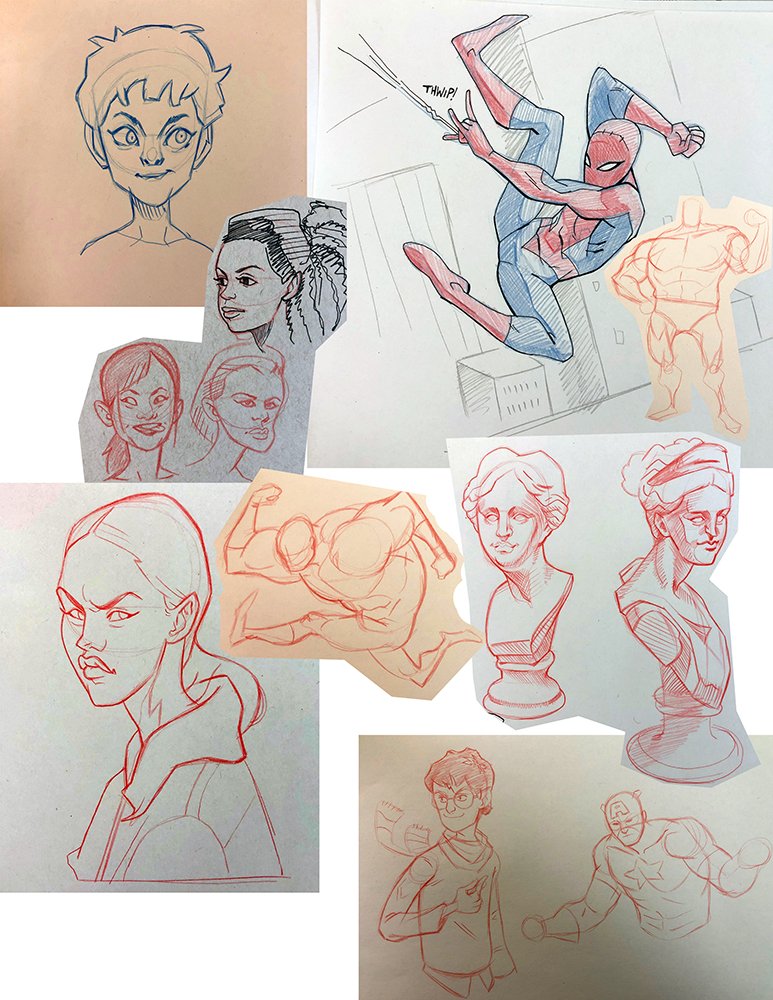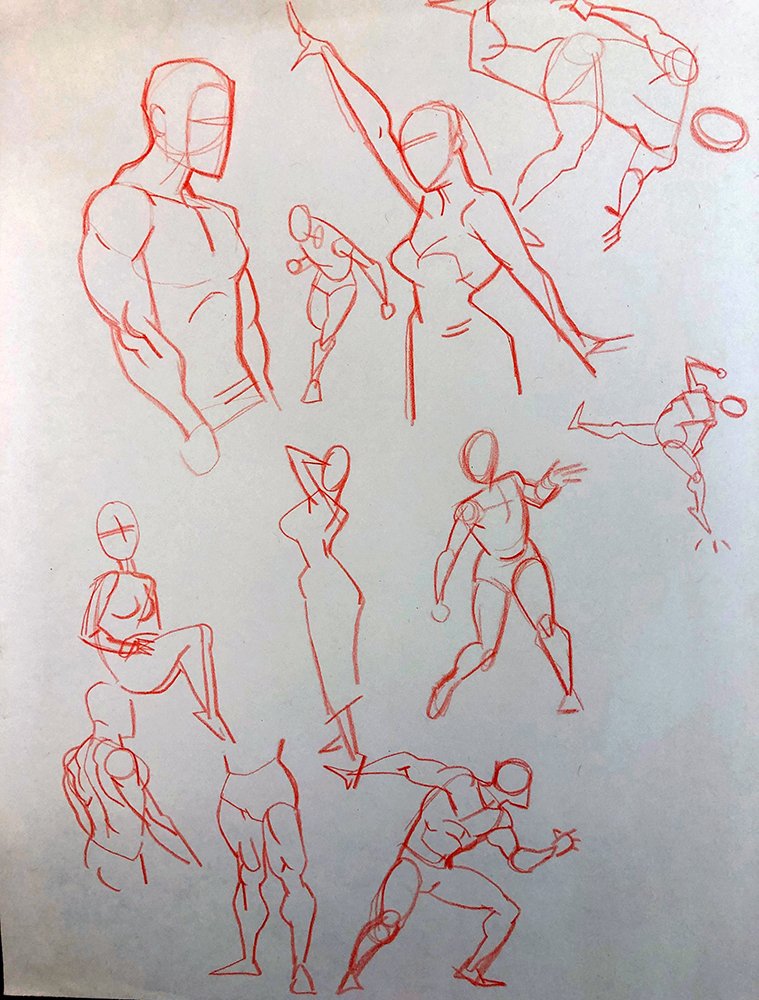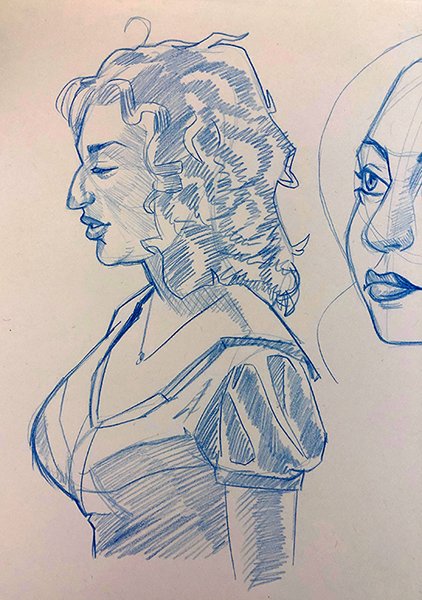To my recollection, I had never used tempera paint prior to our in-class experimentation. Now that I have, here is how I would describe working with it: Take a mustard bottle and let it sit in your fridge, untouched, for at least a week. Take it out and, without shaking it first, squeeze it into a small paper cup. Now take that residue and try to paint with it.
Jokes aside, I found tempera to be watery, thin, and runny. I had an exceedingly difficult time controlling it, or building up any kind of color, especially on dark paper. I understand the appeal to teach this in an elementary school art class, as low cost, readily available and hazard free materials are mighty compelling. With the caveat that my experience is limited, I just don’t think tempera paint is worth the effort. Anything you have to fight with this much I fear would be a deterrent to a student’s further interest in painting. They’d simply think “Painting is hard, guess it’s not for me!” and walk away.
As this blog is for a school assignment, I don’t know if “hard pass” is an option for any of these materials. If it is, I’d say leave tempera paint out of the equation entirely in favor of the more malleable, user friendly and opaque acrylic paint.
This is the only image I kept from class, as everything else looked like I’d tried to paint on black paper with watered down Kool-Aid:










